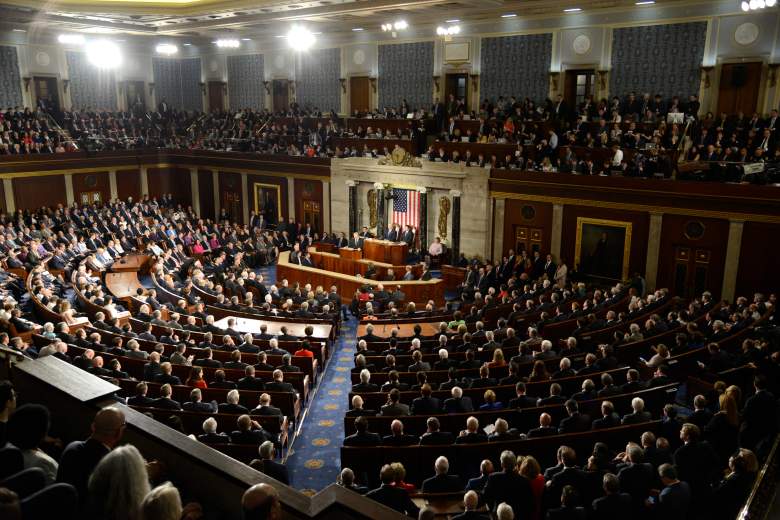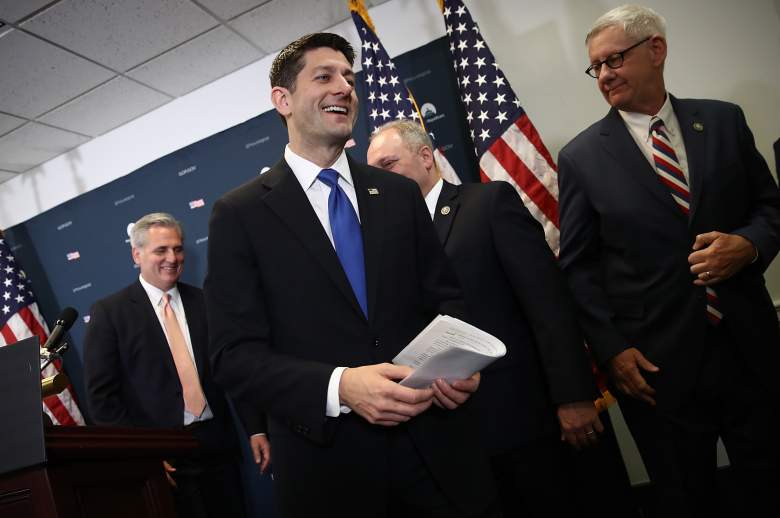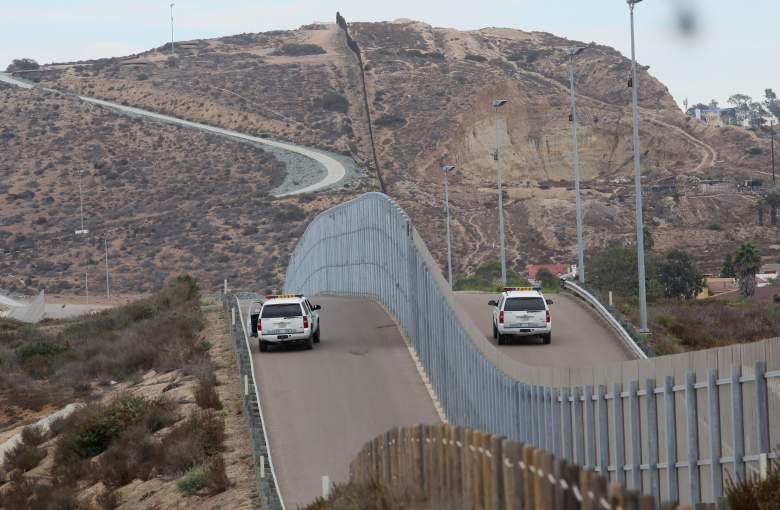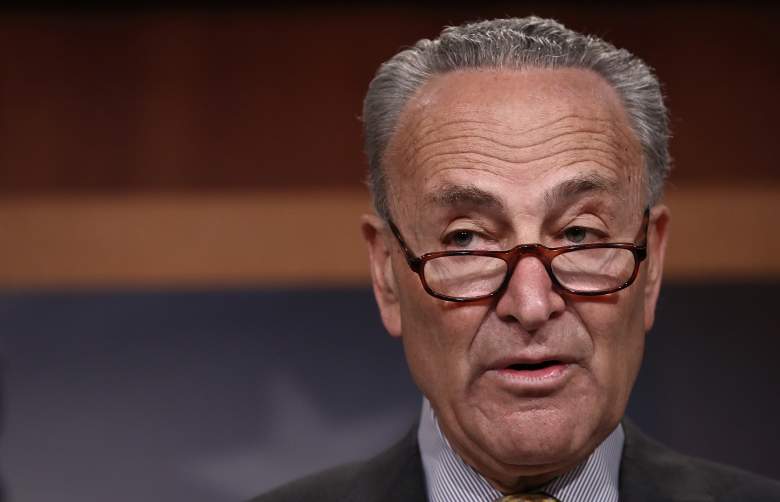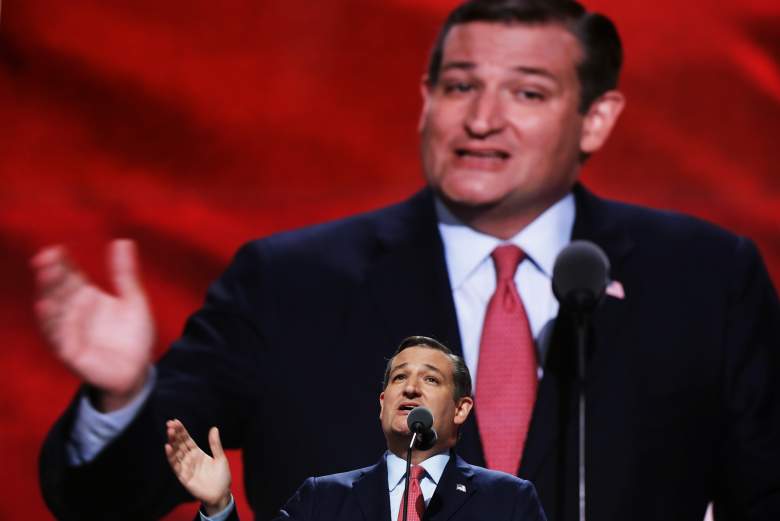The United States government may shut down this week.
This government shutdown process occurs when Congress fails to pass legislation that funds key aspects of government, therefore forcing certain agencies to cease operation. Typically, the threat of a shutdown is used by one political party in order to pressure the other party into doing what they want, as neither party wants to deal with the consequences of an actual shutdown occurring; however, several times throughout American history, a shutdown has actually gone into effect and has lasted several weeks.
So what are the chances of a government shutdown happening again this year? Who is pushing for a shutdown, and under what circumstances might it happen? Here’s what you need to know.
1. The Deadline is Friday, April 28th
Congress must reach a deal concerning the U.S. budget by Friday, April 28th. If they don’t do so, the government will shut down on Saturday, April 29th at 12:00 a.m.
Coincidentally, that deadline is just one day before President Donald Trump’s 100th day in office. With that in mind, the Trump administration is no doubt facing pressure to fulfill one of its major campaign promises before day 100. On Twitter recently, Trump suggested that this timeline is on his mind, with the president complaining that he will be criticized in the media for not doing more in 100 days.
Although the deadline is Friday, a full new budget does not have to be passed to by then in order to avoid a shutdown. Rather, Republicans and Democrats could agree to extend current funding for another week as they continue to work out a deal.
The budget that is currently being negotiated will last until September 30th, 2017.
2. The Trump Administration Wants to Include Funding for a Border Wall in the Budget
One of the main points of contention in this government shutdown battle is in regards to funding for Donald Trump’s proposed wall along the southern border of the United States.
The Trump administration wants Democrats to agree to include initial funding for the border wall in the new budget. Mick Mulvaney, director of the Office of Management and Budget, said as much in an interview with The Associated Press.
Mulvaney told the Associated Press that “elections have consequences” and that “we want wall funding.”
Trump has also been speaking about the border wall much more often than usual this past week, tweeting about the wall twice in 24 hours and that Mexico will pay for it “in some form.”
He also specifically called out Democrats for not wanting to include border wall funding in the budget.
In addition to Democrats being opposed to the border wall, there also exists some opposition from Republicans, who do not like the idea of spending billions of dollars funding a project like this, especially after Trump as a candidate promised that Mexico would pay for it. Trump now says that Mexico will pay for the wall “at some form” but “at a later date.”
3. Trump Has Threatened to Withhold Obamacare Subsidy Payments if Democrats Don’t Negotiate
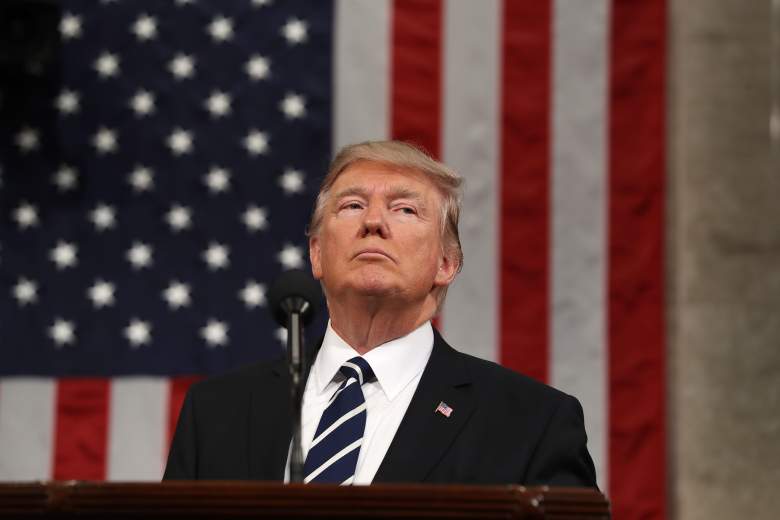
Donald Trump delivers his first address to a joint session of Congress from the floor of the House of Representatives in Washington, DC, USA, 28 February 2017. (Getty)
Democrats are firmly against the new budget including any sort of funding for Donald Trump’s proposed wall along the southern border.
Because of this, the Trump administration has offered the Democrats a trade: for every $1 of Obamacare subsidy payments, there will be $1 set aside to help build the wall, according to The New York Times.
President Donald Trump has threatened to withhold these subsidy payments, hoping that this will force Democrats to cave and agree to fund the border wall. But Democrats have not shown any indication that they are interested in this trade.
“The White House gambit to hold hostage health care for millions of Americans, in order to force American taxpayers to foot the bill for a wall that the president said would be paid for by Mexico is a complete nonstarter,” a spokesperson for Senate Minority Leader Chuck Schumer told Politico. “If the administration would drop their eleventh-hour demand for a wall that Democrats, and a good number of Republicans, oppose, congressional leaders could quickly reach a deal.”
4. Chuck Schumer Had Previously Said Wall Funding Would Lead to a Shutdown
At this time, both parties seem to want to avoid a government shutdown. Chuck Schumer in recent days has said that Democrats hope to work with Republicans in order to extend government funding.
In fact, Schumer said this week that Republicans and Democrats were already on the verge of cutting a deal before President Donald Trump intervened.
“We were right on the path to getting something done, a good thing that both parties could support, and he throws a monkey wrench in,” Schumer said, according to Reuters. “That’s not the way to govern.”
Schumer also said that if the Trump administration steps out of things, a budget agreement can be get done by Friday. However, Schumer in the past has been somewhat open to the possibility of a government shutdown. He said last month that Republicans trying to put wall funding in the bill would likely result in a shutdown.
“If they put these poison pill amendments in and try to shove them down the American people’s throat. of course they might be responsible for shutting the government down,” Schumer said in March, according to Politico.
Last week, Schumer said that a budget will definitely be passed so long as the president does not include any “poison pill agreements” in it.
5. The Last Government Shutdown Took Place in 2013
To get a better idea of how this government shutdown situation may play out, we can take a look back at the government shutdown of 2013.
In October of that year, some Tea Party Republicans, especially Ted Cruz, lead an effort to include language in the year’s spending bill under which Obamacare would be defunded. The idea was to threaten a shutdown unless this occurred.
At the time, the Senate was controlled by the Democrats, who obviously would not defund Obamacare. Congress could not agree on a budget solution by the deadline, and so on October 1st, the government shut down.
As a result, over 800,000 government employees were furloughed, and a number of non-essential government services, were shut down. The shutdown lasted all the way until October 16th, when the Continuing Appropriations Act was finally passed.
An ABC News/Washington Post poll later showed that over half of Americans blamed the Republicans for the shutdown, and 81 percent disapproved of the shutdown itself.
